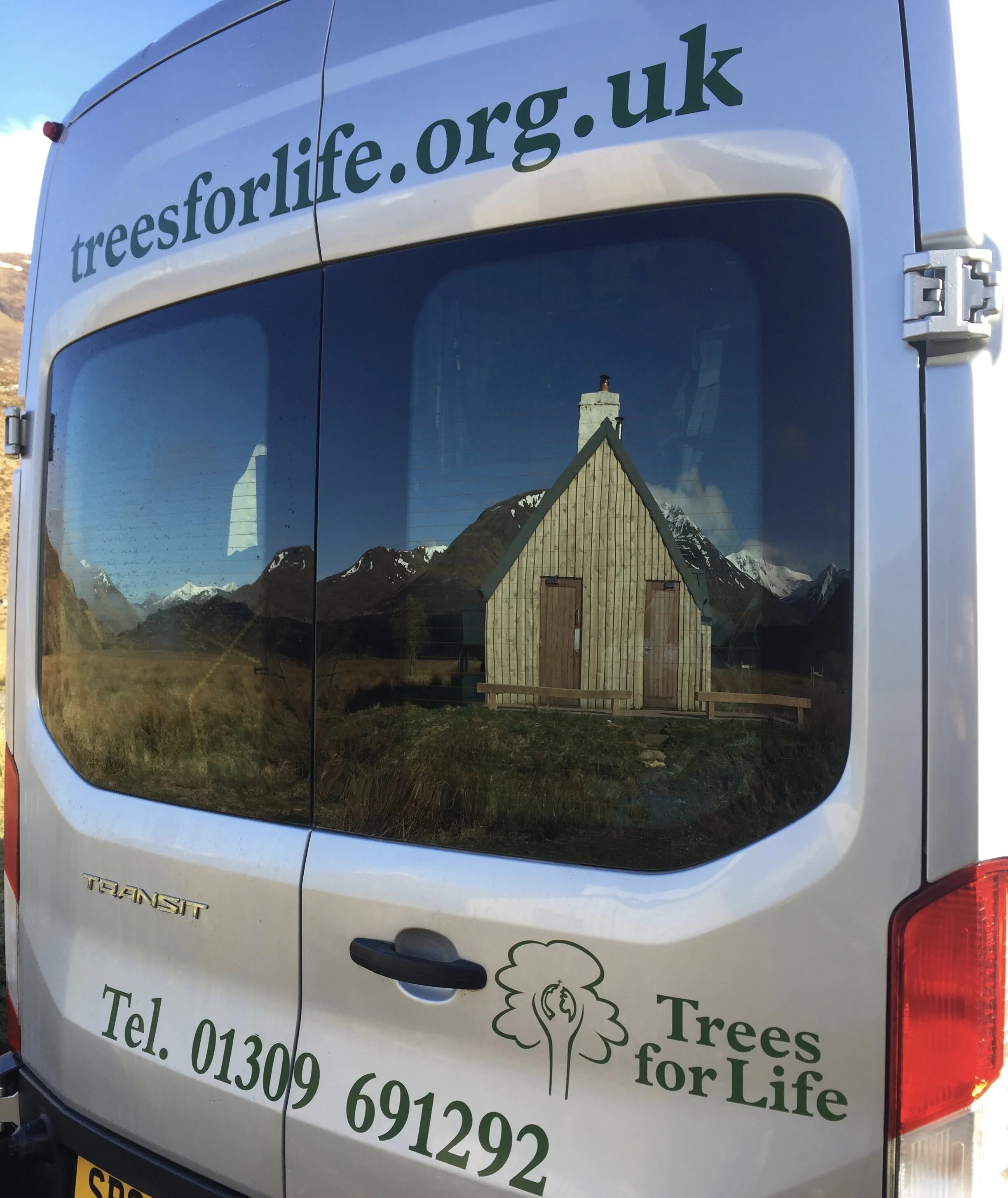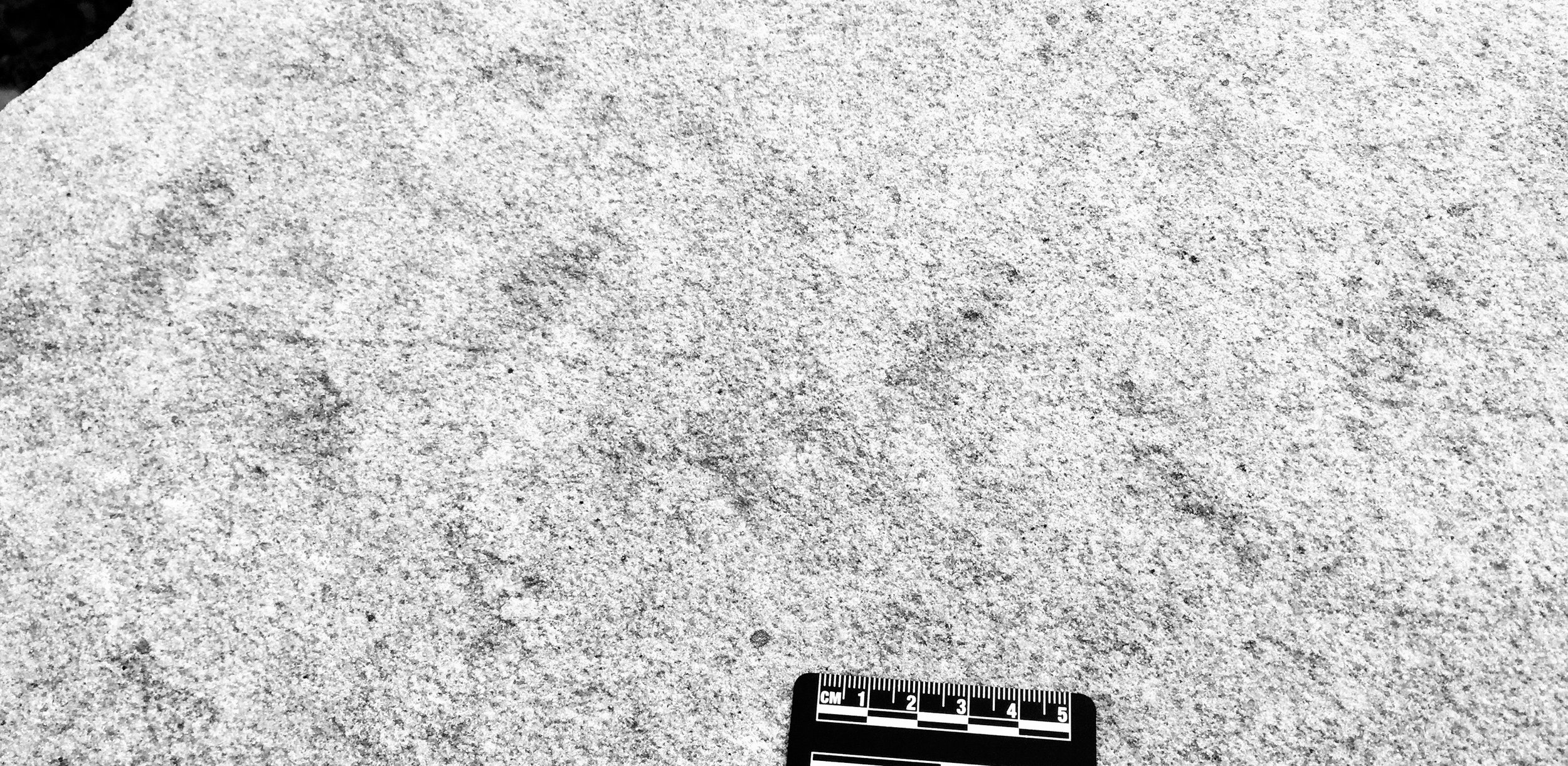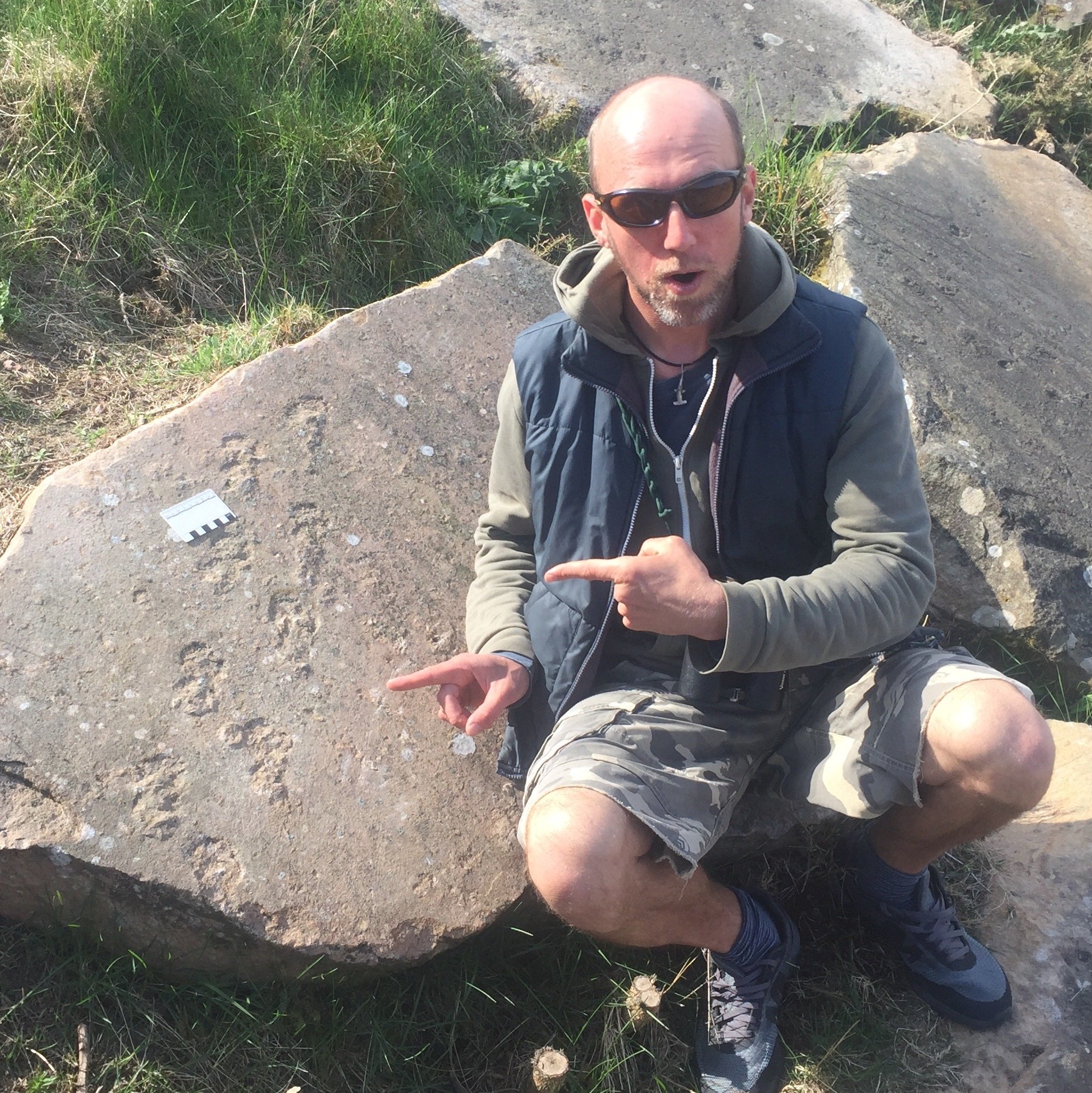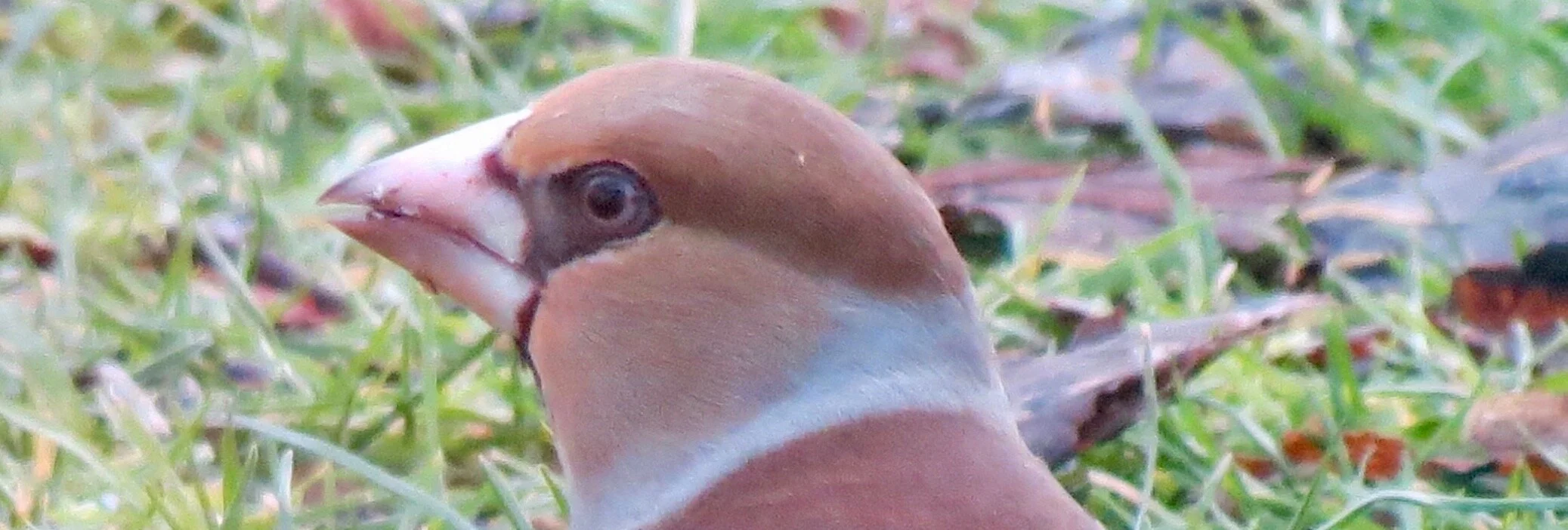I love tracking in my local patch. When you get your eye in, the landscape starts to tell stories and offer glimpses into the hidden lives of our wild neighbours. These clues can be anything from the signs of a badger rooting around below the bird feeder last night to the tracks of an ancient, desert-dwelling reptile … In Scotland? Yes, along the 21st century Moray coast. I’m obsessed with these tracks and if I have visitors I usually show them (I like to think they’re genuinely interested and not just being polite).
In this part of the world we have a lot of sandstone and there is a quarry east of Hopeman where 250 million year old footprints can be seen embedded in the rock. It blows my mind. Scotland was where the Sahara is now and roaming through these Permian deserts were reptiles. They weren’t even dinosaurs but something older. Some of them were the dumpy creatures known as dicynodonts. The name means ‘two dog teeth’ and refers to the downward-pointing tusks of these otherwise toothless herbivores. Excitingly, the fossil skull of a 1.5 metre long dicynodont called Gordonia traquairi was found in the quarry in the late 1990s.
Reptile moving slowly from left to right in an understep walk.
Palaeontologists think that the reptiles were heading north probably in search of food and water. What would it be like to see these animals plodding through ancient semi-arid lands? And taking a step back, what were they like? What were their courtship rituals and feeding strategies? We’ll probably never know but I find it compelling to ponder the lives of species that have vanished for ever.
Yet in some of the tracks the way the animal is moving is as clear as if it had passed by this morning. Learning to read gaits helps us to picture the scene. One set shows quite clearly that the reptile was in what is known as an understep walk. This means that that the hind foot landed slightly behind the front foot. It usually suggests a slower speed and in the case of those with sand piled up at the rear of the track I can imagine the animal clambering up the slope of a dune.
Reptile prints with a short stride length. Note the claw drag marks. Photo credit: David Longstaff
These almost look like they were made yesterday. In this trackway you can still see the way the dew-covered sand has cracked.
Wanting to find out more, I arranged to meet David Longstaff, a very knowledgeable volunteer at Elgin Museum, and we were joined by a friend who has a long-standing interest in the natural history of this stretch of coast. Dave’s knowledge and enthusiasm were an absolute treat. He generously shared his insights and observations about the reptile trackways, and was also curious to hear my perspective on the footprints as a tracker.
I was keen to learn more about these reptiles and whether they have any living relatives. It turns out that only a handful of dicynodont species survived the Great Dying, a global warming-induced mass extinction that marked the transition from the Permian to the Triassic (around 250 Million years ago). The ones that remained eventually died out. But palaeontologists think that one of the other reptiles present in the area - Elginia, a pareiasaur - may be an ancestor of modern turtles.
While the tracks can’t be identified to species level, we can still get a sense of the size of the animals and how they were moving. There are also worm tracks, and something else Dave had discovered that was like tracking gold. There was a thin broken line suggesting intermittent tail drag. Either side of these were alternating, diagonal rows of four dots. Dave pulled out a picture of very similar tracks in a research paper. “I think this is Paleohelcura,” he said, “thought to be a member of the scorpionid family.” My jaw must have dropped visibly. Modern scorpions have upstanding tails, so drag marks only show occasionally. Paleohelcura’s tail dragged behind it more consistently.
Paleohelcura tracks. I find it mind-blowing that the footprints and tail drag of this ancient invertebrate have lasted a quarter of a billion years!
A replica of the Elginia skull. Possibly the most metal skull ever 🤘
A week or two later I visited the excellent Elgin Museum with another friend and fellow naturalist. We soon found our way to the superb fossil collection where there is a replica of another fossilised skull found in the local area. It belonged to Elginia miribalis (‘the wonder of Elgin’). The skull has impressive backward pointing spikes presumably to protect Elginia from predators. It’s also possible that this impressive frill was used for display purposes. It wouldn’t look out of place on the cover of a metal album. It is tantalising to think what else may be buried in these ancient rocks.
As I left both the quarry and the museum I was buzzing. I love the fact that the movements of animals a quarter of a billion years ago can still be seen today. It reminds me how many other disciplines including palaeontology and geology use many of the same skills and thought processes as tracking. Ichnology in particular fascinates me. It is the study of tracks and other signs that have been preserved in the fossil record, shining light on the lives of animals that we would otherwise be unaware of.
Tracking is about being able to read the signs of life on planet Earth. These tracks are a reminder of the astonishing diversity and antiquity of life, something we should always remember and celebrate. What stories, ancient and modern, are waiting to be revealed in your local patch?
Mind suitably blown.
Sources:
Eiseman, C. and Charney, N. (2010). Tracks & Sign of Insects and Other Invertebrates - A Guide to North American Species. Stackpole Books: Mechanicsburg.
Elgin Museum Geology Group (2021). The Elgin Reptiles. The Moray Society: Elgin.
Elgin Museum https://elginmuseum.org.uk/
With thanks to David Longstaff and his colleagues at Elgin Museum.












